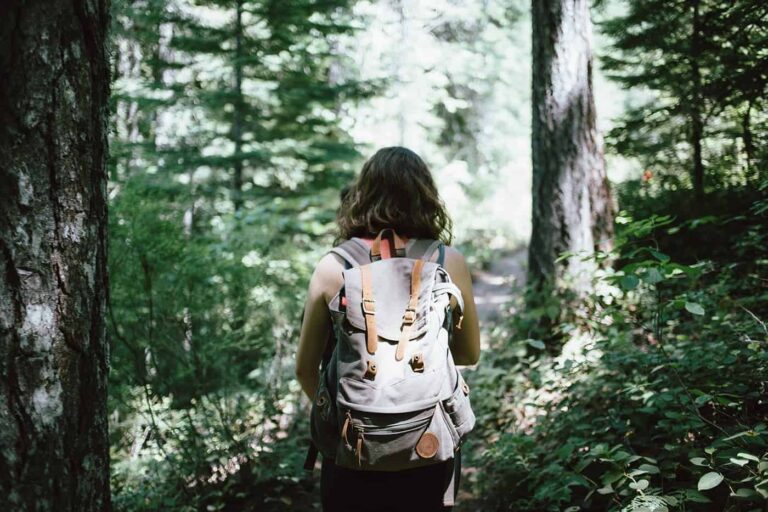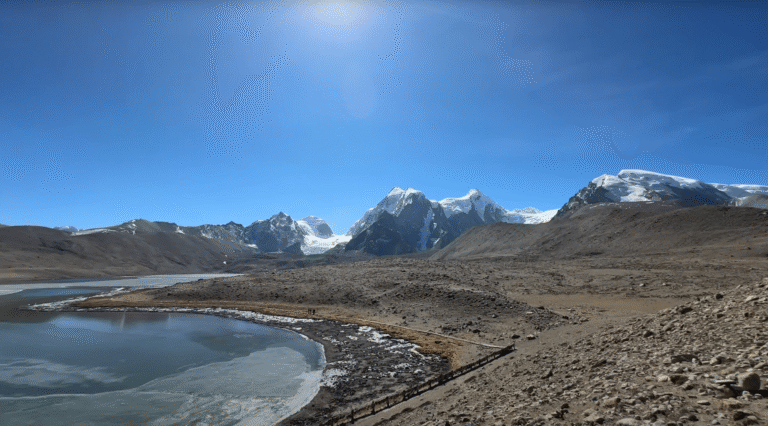10 Biggest Lakes in India – Natural Wonders & Travel Guide
Introduction
India is home to some of the world’s most fascinating lakes — from the mystical high-altitude waters of Ladakh to the vast backwaters of Kerala. These lakes are not just scenic wonders; they are lifelines for local communities, hubs of biodiversity, and in many cases, centers of cultural and spiritual traditions.
Some are natural freshwater or glacial lakes, while others are man-made reservoirs created by dams that have grown into vast water bodies. In this article, we explore the 10 biggest lakes in India, each with its own story, ecological role, and travel experience to offer.
1. Vembanad Lake – Kerala (2,033 sq. km)
Vembanad is not only the largest lake in India but also its longest (96 km in length). Stretching across several districts of Kerala, including Alappuzha, Kottayam, and Ernakulam, it forms the heart of Kerala’s famous backwater tourism.
The lake connects with canals and rivers, creating a dreamy network best explored on a traditional houseboat (kettuvallam). Villages, coconut groves, and paddy fields line its banks, making it a photographer’s paradise.
- Unique Features:
- Venue of the famous Nehru Trophy Snake Boat Race.
- A Ramsar site (wetland of international importance).
- Home to migratory birds, including Siberian storks and herons.
- Best Experiences:
- Overnight stay in a houseboat.
- Sunset cruise.
- Birdwatching in Kumarakom Bird Sanctuary.
- Best Time to Visit: September – March.
2. Chilika Lake – Odisha (1,165 sq. km)
Chilika Lake is Asia’s largest brackish water lagoon, stretching across the coasts of Odisha. It is separated from the Bay of Bengal by a narrow strip of land and dotted with tiny islands like Kalijai Island, which is associated with folklore and legends.
Declared a Ramsar site, it is globally recognized for its ecological importance. Every winter, the lake becomes a temporary home for over 160 species of migratory birds, including flamingos, pelicans, and herons.
- Unique Features:
- One of only a few places in the world where Irrawaddy dolphins can be spotted.
- A paradise for birdwatchers and nature lovers.
- Best Experiences:
- Dolphin-spotting boat rides.
- Birdwatching at Mangalajodi.
- Visiting Kalijai Temple.
- Best Time to Visit: November – February.
3. Shivaji Sagar Lake – Maharashtra (891 sq. km)
Formed by the construction of the Koyna Dam across the Koyna River, Shivaji Sagar Lake is one of the largest artificial reservoirs in India. Surrounded by the lush greenery of the Western Ghats, it is crucial for hydroelectric power generation and irrigation in Maharashtra.
- Unique Features:
- A 50 km long reservoir.
- Located near the scenic Koyna Wildlife Sanctuary, home to tigers, leopards, and deer.
- Best Experiences:
- Trekking and jungle safaris.
- Scenic photography of the Sahyadris.
- Best Time to Visit: October – May.
4. Indira Sagar Lake – Madhya Pradesh (627 sq. km)
Created by the Indira Sagar Dam on the Narmada River, this reservoir is often called the “sea of Madhya Pradesh” due to its vast expanse. It is also the largest reservoir in India by volume of water stored.
- Unique Features:
- Supports irrigation and hydropower.
- Scenic surroundings with boating opportunities.
- Best Experiences:
- Boating and water activities.
- Exploring nearby towns like Hoshangabad and Omkareshwar.
- Best Time to Visit: October – March.
5. Pangong Tso – Ladakh (604 sq. km)
One of the most famous high-altitude lakes in the world, Pangong Tso sits at 4,350 meters above sea level. Around 60% of the lake lies in Tibet, while the rest is in Ladakh.
Its most fascinating feature is the way its waters change colors — from blue to green to even reddish hues depending on the sunlight. The lake became globally famous after being featured in Bollywood movies like 3 Idiots.
- Unique Features:
- No aquatic life except for microfauna.
- Surreal landscapes ideal for camping and stargazing.
- Best Experiences:
- Camping by the lakeside.
- Watching the sunrise and sunset.
- Best Time to Visit: May – September.
6. Pulicat Lake – Andhra Pradesh & Tamil Nadu (461 sq. km)
Pulicat is India’s second-largest brackish water lagoon, spread across Andhra Pradesh and Tamil Nadu. It is separated from the Bay of Bengal by Sriharikota Island, which is also home to ISRO’s famous Satish Dhawan Space Centre.
- Unique Features:
- Important site for migratory birds, especially flamingos.
- Declared a bird sanctuary.
- Best Experiences:
- Birdwatching, especially during the Flamingo Festival in January.
- Visiting Sriharikota.
- Best Time to Visit: November – March.
7. Sardar Sarovar Lake – Gujarat (375 sq. km)
Created by the Sardar Sarovar Dam on the Narmada River, this reservoir is one of India’s most important water resources. It supplies water to Gujarat, Madhya Pradesh, Maharashtra, and Rajasthan.
Located close to the iconic Statue of Unity, the lake has also become a popular tourist attraction.
- Unique Features:
- Supports irrigation and drinking water needs of millions.
- Scenic backdrop for the Statue of Unity.
- Best Experiences:
- Boat rides.
- Visit the Statue of Unity and nearby attractions.
- Best Time to Visit: October – March.
8. Loktak Lake – Manipur (287 sq. km)
Often called the “lifeline of Manipur”, Loktak Lake is the largest freshwater lake in Northeast India. It is famous for its phumdis — floating islands made of soil, vegetation, and organic matter.
It also houses the Keibul Lamjao National Park, the world’s only floating national park and home to the endangered Sangai deer.
- Unique Features:
- Only floating national park in the world.
- Source of livelihood for local fishermen.
- Best Experiences:
- Exploring phumdis by boat.
- Visiting Keibul Lamjao National Park.
- Best Time to Visit: October – March.
9. Wular Lake – Jammu & Kashmir (260 sq. km)
Formed by tectonic activity, Wular Lake is the largest freshwater lake in India. Fed by the Jhelum River, it is vital for controlling floods in the Kashmir Valley.
The lake is surrounded by alpine scenery and is a haven for birdwatchers.
- Unique Features:
- Provides fish and water resources to nearby communities.
- Supports rich birdlife including herons, kingfishers, and Himalayan golden eagles.
- Best Experiences:
- Birdwatching and fishing.
- Scenic boat rides.
- Best Time to Visit: March – October.
10. Nagarjuna Sagar Lake – Telangana & Andhra Pradesh (285 sq. km)
Formed by the Nagarjuna Sagar Dam, one of the largest masonry dams in the world, this lake spreads across Telangana and Andhra Pradesh. It is an important source of irrigation and hydroelectricity.
- Unique Features:
- The reservoir contains several small islands.
- Close to Nagarjunakonda, an island museum with Buddhist relics.
- Best Experiences:
- Boating to Nagarjunakonda.
- Visiting Ethipothala Waterfalls nearby.
- Best Time to Visit: October – March.
Quick Comparison Table of India’s Biggest Lakes
| Rank | Lake Name | State(s) | Type | Area (approx.) |
|---|---|---|---|---|
| 1 | Vembanad Lake | Kerala | Brackish | 2,033 sq. km |
| 2 | Chilika Lake | Odisha | Brackish | 1,165 sq. km |
| 3 | Shivaji Sagar | Maharashtra | Reservoir | 891 sq. km |
| 4 | Indira Sagar | Madhya Pradesh | Reservoir | 627 sq. km |
| 5 | Pangong Tso | Ladakh | Saline | 604 sq. km |
| 6 | Pulicat Lake | Andhra & Tamil Nadu | Brackish | 461 sq. km |
| 7 | Sardar Sarovar | Gujarat | Reservoir | 375 sq. km |
| 8 | Loktak Lake | Manipur | Freshwater | 287 sq. km |
| 9 | Nagarjuna Sagar | Telangana & Andhra | Reservoir | 285 sq. km |
| 10 | Wular Lake | Jammu & Kashmir | Freshwater | 260 sq. km |
From the backwaters of Kerala to the high-altitude beauty of Ladakh, India’s lakes are as diverse as its landscapes. Some, like Vembanad and Chilika, are vast brackish lagoons teeming with birds and houseboats, while others like Wular and Loktak are freshwater treasures that sustain ecosystems and communities. Man-made reservoirs such as Shivaji Sagar and Indira Sagar showcase how lakes also power modern India through irrigation and electricity.

